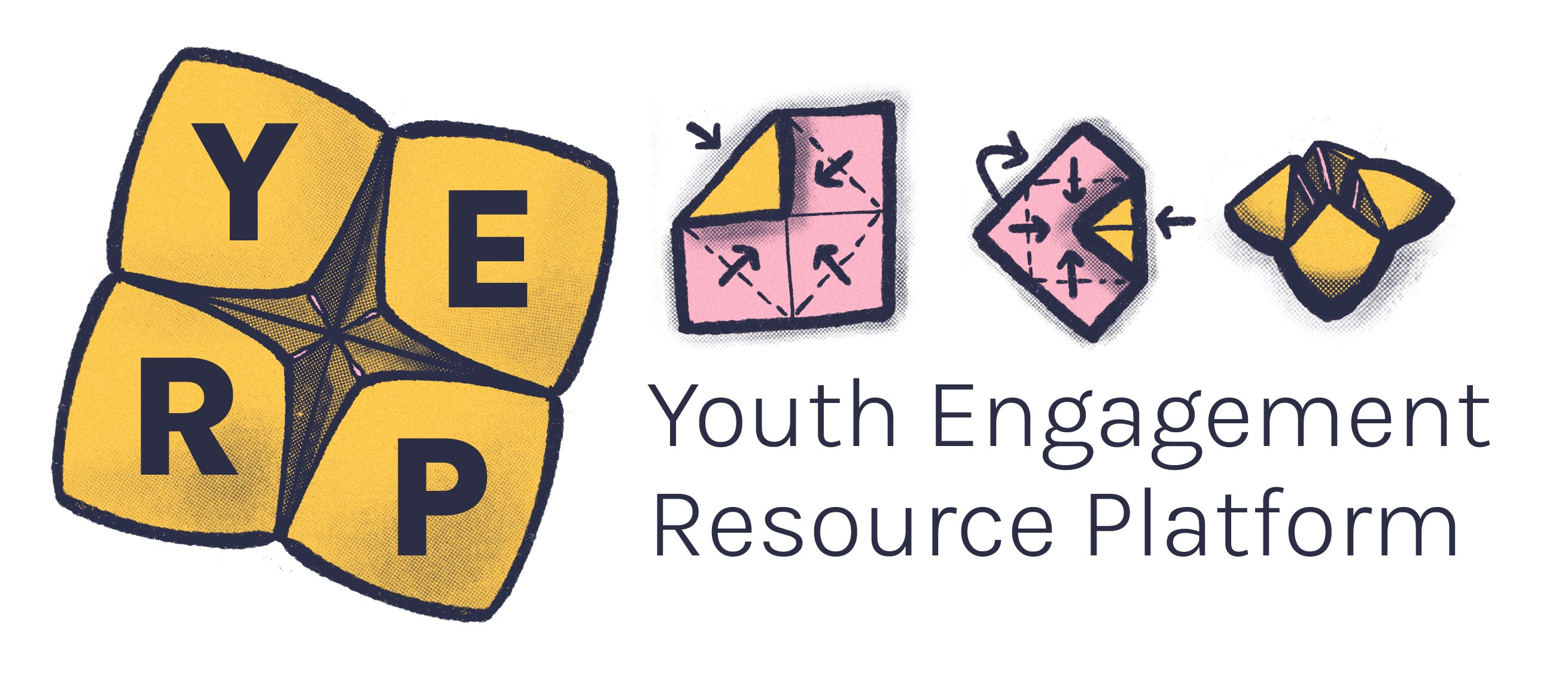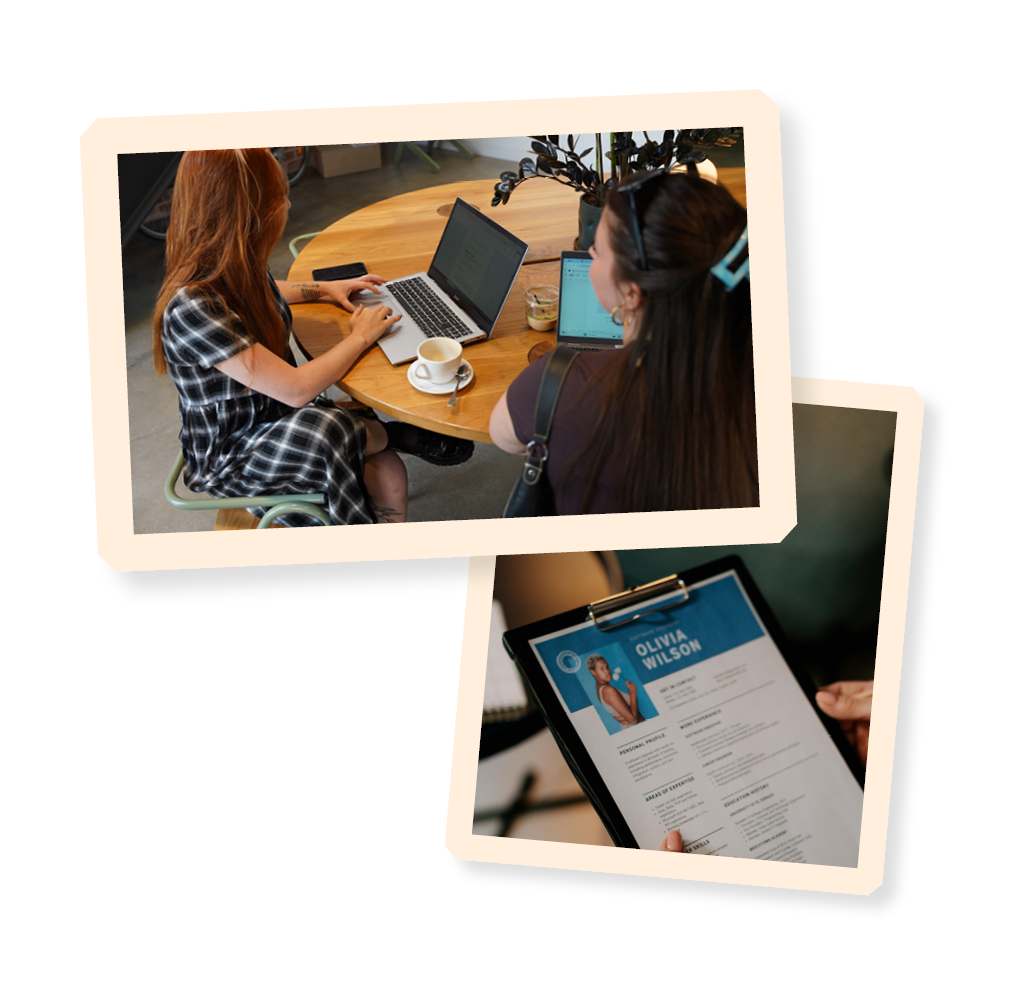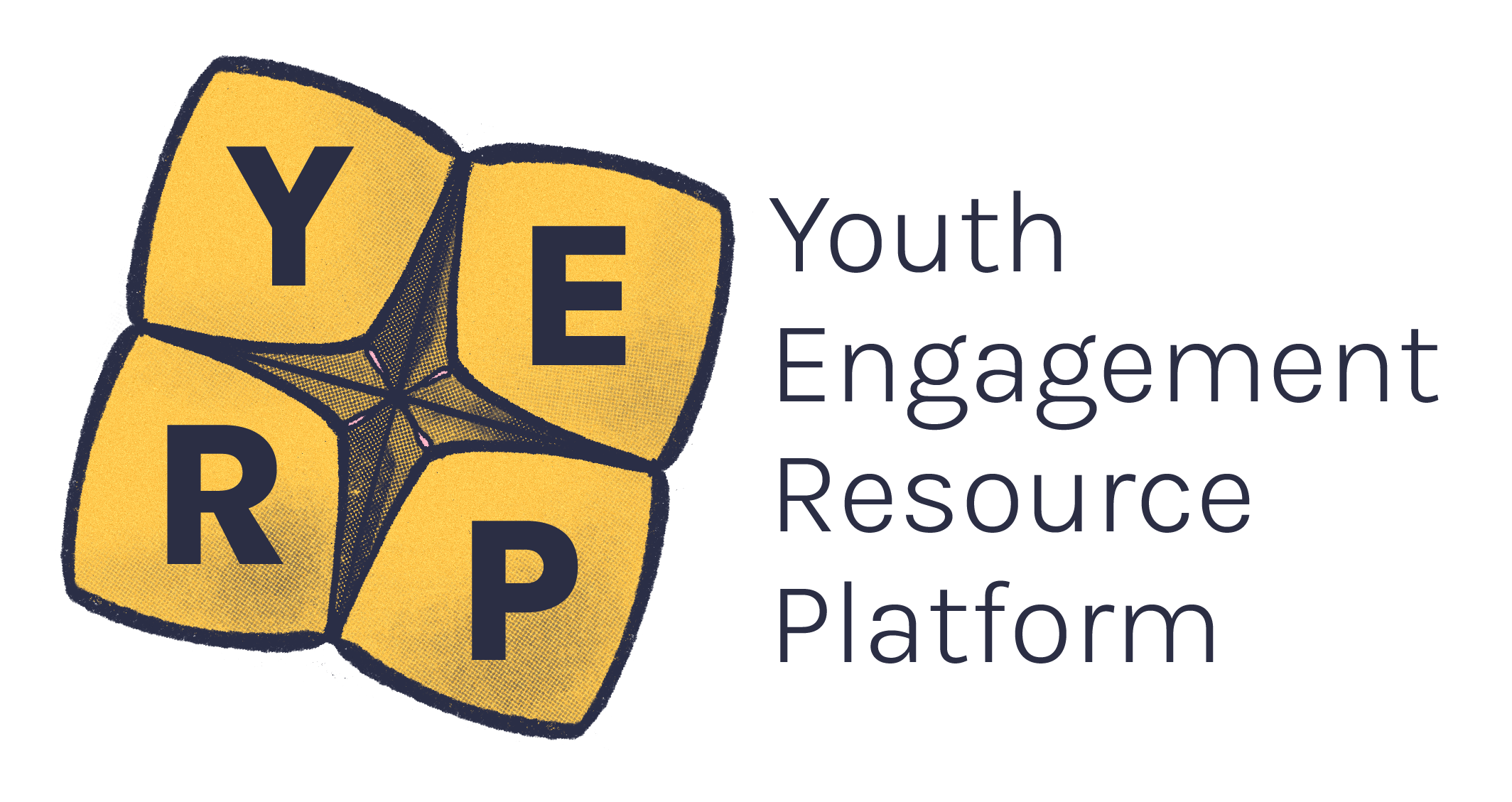Having an effective resume and an engaging cover letter can really enhance your chances of getting an interview and a potential job offer or work experience opportunity.
A resume, sometimes called a CV (curriculum vitae), is a document that lists your work experience, education, skills, and relevant extracurricular achievements.1
It provides a promotional snapshot of your professional self so that the recruiter can decide whether your suitable for the job.
You need a resume for almost any job application and sometimes volunteering and other opportunities. They are also helpful when applying for work experience positions.
Think of it as a document with essential information to give to an employer so they can decide whether you’re suitable for a role.
Personal details
Your name and contact details
Career objective or summary
Short statements to pitch yourself
Education
Your most recent education experience and work backwards. Include courses and qualifications. Highlight any particularly impressive achievements, like if you’ve won an award at school!
Work experience
Your most recent jobs including the title of your position, the name and location of the organisation, and the dates you worked there. Place them in order with the most recent job first. Under each job, use bullet points to give a brief overview of your responsibilities and achievements, including the skills you used.2
You can also mention relevant internships and volunteer work in this section – just make sure you identify that you volunteered or interned.
Skills, strengths or interests
You could create headings for these topics and only list information that’s relevant to the job you’re applying for.
References
Most employers require references from people you know professionally who can vouch for your skills and abilities. You can either include these contact details on your resume or you might wish to write ‘references available on request’.
It’s always best to ask someone before you include their details as a reference on your resume.
Tip: Pay attention to the details of the listing, some employers want you to submit your resume in specific formats or using their own templates. Don’t knock yourself out from consideration by not following step one!
A cover letter is another document that sits alongside your resume.3
-
Generally written in paragraphs, whereas a resume is often written with short sentences and bullet points.3
-
Includes greetings to the employer, an introductory paragraph, one to two body paragraphs, a conclusion, and a signature. It is typically only one page.3
-
Introduces your resume to the potential employer or organisation
-
Your reasons for applying
-
Highlights your suitability for the role by linking your skills and experience to the job requirements and the organisation.3
-
Provides additional information that you didn’t include in your resume and gives you the opportunity to show more of your credentials and personality.3
-
Cover letters may be optional but if an employer requires one, they should let you know.
There are many great websites and resources out there to help write your resume and cover letter, even Microsoft Word has some great templates to use. Start researching, and don’t be afraid to ask friends and families for copies of their resume to use as a template starting point.
The recruiter will likely be sorting through a number of applications and only have limited time. Here’s our list of dos and don’ts to make sure yours stands out.
Do
-
Present your qualifications, skills and achievements clearly, positively and truthfully. It’s important to make a good impression.
-
Tailor your application to the job you are applying for. This includes adjusting your key skills to fit those included in the job advertisement.
-
Make sure your resume and cover letter is formatted properly and easy to read including font, bullet points, spacing, indentation and headings.
-
Ensure your cover letter includes your details (name, email and phone number), the organisations address, the name of the recruiter, the date of application and subject line of the job you are applying for.
-
Highlight your most relevant and recent information first to encourage the reader to continue reading.
-
Check for spelling and grammar and get someone to proofread.
-
Include details of why you are interested in the role and organisation and showcase examples of how you meet the selection criteria in the cover letter.
-
Make sure you respond to each of the key selection criteria.
-
Use formal or professional language.
Don’t
-
Include every detail of your experience. If you get an interview, you will be able to go into more detail then.
-
Repeat what you’ve said in your resume in your cover letter. These should showcase different things.
-
Just list previous experience or skills in your cover letter. Explain how you used or developed these skills through this experience and why they’re useful for the job you’re applying for.
-
Don’t undersell yourself or discard previous experience such as working in hospitality or retail. These are useful experiences and often have many transferable skills.
Remember – if you feel like you don’t yet have all of the skills or experience listed on the job ad, it may still be worth applying! If anything, it’s great application experience.
There are endless opportunities to gain experience you can put on your resume. Find these types of opportunities by:
-
Searching the internet
-
Reaching out to peers at school or at university
-
Asking teachers or counsellors at your school for guidance
-
Reaching out to university staff or checking your community, school or university noticeboard
It may take a bit of time at first, but if you keep dedicated to the process soon enough your resume will be overflowing!
Make sure that once you have experience, you write it clearly on your resume to best showcase your suitability.
- Indeed. (26 May 2023). How To Make a Resume. https://au.indeed.com/career-advice/resumes-cover-letters/how-to-make-a-resume
- Seek. (14 November 2023). What is a resume? The essentials you need to know. https://www.seek.com.au/career-advice/article/what-is-a-resume
- Enhancv. (n.d). Cover Letter VS. Resume –What's The Difference? https://enhancv.com/blog/difference-between-cover-letter-and-resume/





